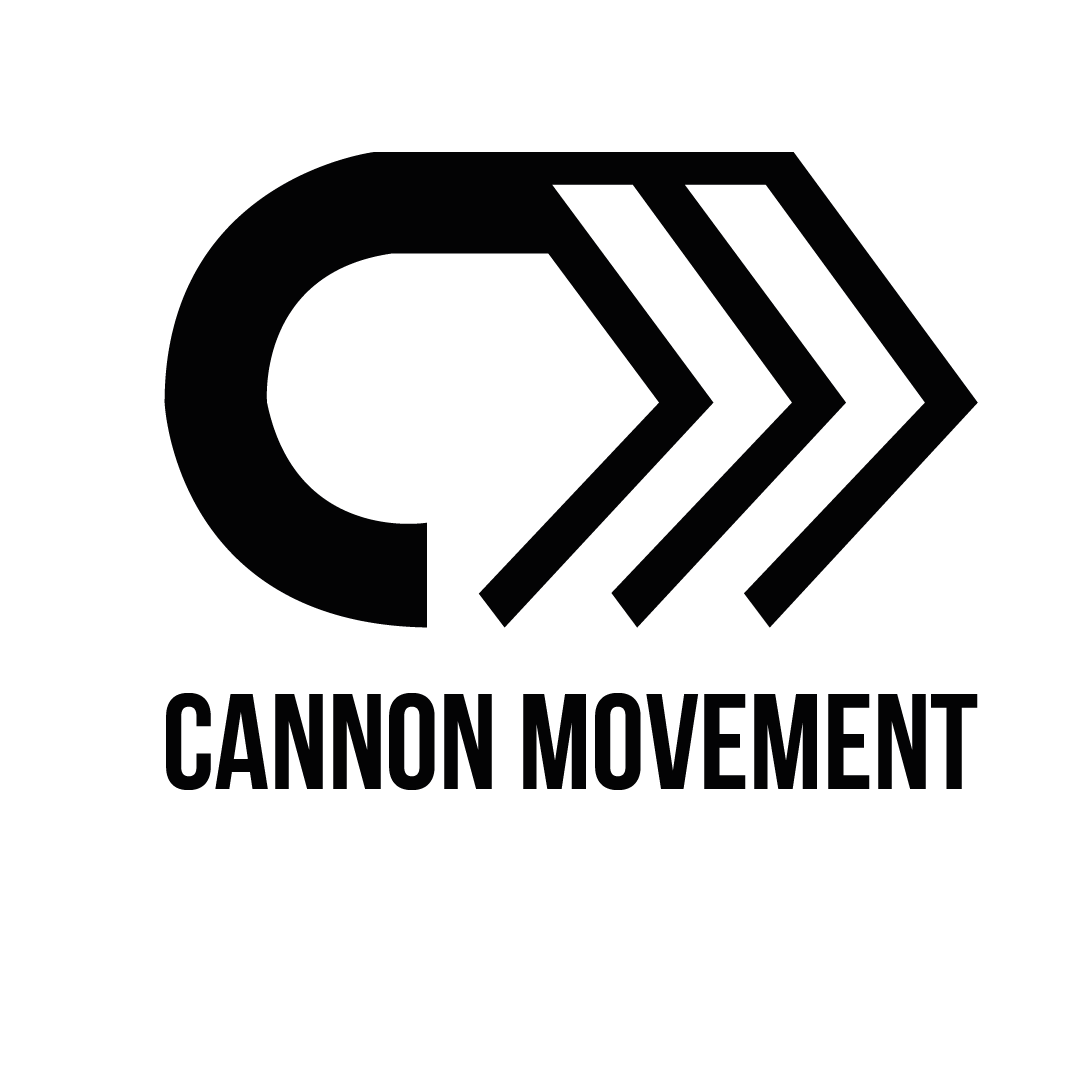Good to Great By Jim Collins | Book Review
Overview Summary
Good to Great by Jim Collins is an outstanding book that explores the underpinnings of great companies. Collins and his research team meticulously studied eleven companies that transformed from being merely good to becoming great, creating a lasting impact on their industries.
The book revolves around the key concept of Level 5 Leadership - a leadership style that combines personal humility with professional will, two contrasting characteristics that are rarely found in a single individual. It showcases the importance of having the right people on the team, arguing that who is on the bus is more important than where the bus is going.
Collins introduces the Hedgehog Concept, emphasizing the importance of focusing on what you are passionate about, what you can be the best at, and what drives your economic engine. His analysis challenges the popular belief that successful companies primarily rely on strategy, technology, and charismatic leaders. Instead, he illustrates that disciplined people, disciplined thought, and disciplined action are crucial for transforming a good company into a great one.
The concept of the flywheel and the doom loop is another significant takeaway from the book. It illustrates how steady, consistent effort over time can generate momentum and yield significant results, whereas inconsistent, erratic efforts lead to a doom loop of decline.
Moreover, "Good to Great" isn't just a business book; it's a book about human nature and behavior. It delivers valuable lessons for anyone looking to create lasting improvements and profound transformations in any arena of life.
Collins' writing is both lucid and engaging, making the book an easy read despite its complex subject matter. His rigorous research methodology and real-world examples lend significant credibility to his arguments.
In conclusion, "Good to Great" is a seminal work in the field of business literature, providing insightful and valuable lessons on the path from mediocrity to excellence. It's a must-read for leaders, managers, entrepreneurs, or anyone who aspires to make a significant positive difference in their organization or team.
Personal Thoughts | Highlights
This book genuinely left a strong impression on me. 'Good to Great' by Jim Collins is an impressive analysis of corporate success and transformation. The concept of Level 5 Leadership, which emphasizes a blend of humility and determination, was particularly striking. I also found the Hedgehog Concept enlightening as it underscored the need to find the intersection between passion, skill, and economic viability. The book beautifully challenges many conventional notions of business success and provides some deeply insightful lessons.
One of the standout takeaways was the idea of the 'Flywheel Effect.' It underscores the power of consistency and how steady effort can yield momentous results over time. It's a valuable lesson not just for businesses but also for personal growth.
What I appreciated the most was how Collins converted complex ideas into easily digestible and applicable concepts. His extensive research and use of real-world examples added authenticity to his insights. I found this book to be an invaluable guide for anyone aiming to bring about transformational change in their organization or personal life.
Level 5 Leadership: The concept of Level 5 Leadership is a key highlight from the book. Collins describes Level 5 leaders as those who combine personal humility with an intense professional will. They are ambitious for their company but maintain a sense of modesty about their personal achievements. These leaders are critical in transforming a company from good to great.
The Hedgehog Concept: This principle is based on the parable of the fox, who knows many things, and the hedgehog, who knows one big thing. Good-to-great companies, according to Collins, behave more like a hedgehog — they focus on what they can do best, what ignites their passion, and what drives their economic engine. This principle encourages companies to find their unique intersection of these three circles and stick to it.
The Flywheel and the Doom Loop: Collins describes the process of building momentum in a company as turning a heavy flywheel. Each push is an incremental step forward — there's no single defining action that leads to a breakthrough, but rather persistent and consistent effort. Conversely, the "doom loop" describes companies that chase after new strategies or fads, leading to a lack of consistency and momentum.
Have you read this book? Please share your thoughts below.

